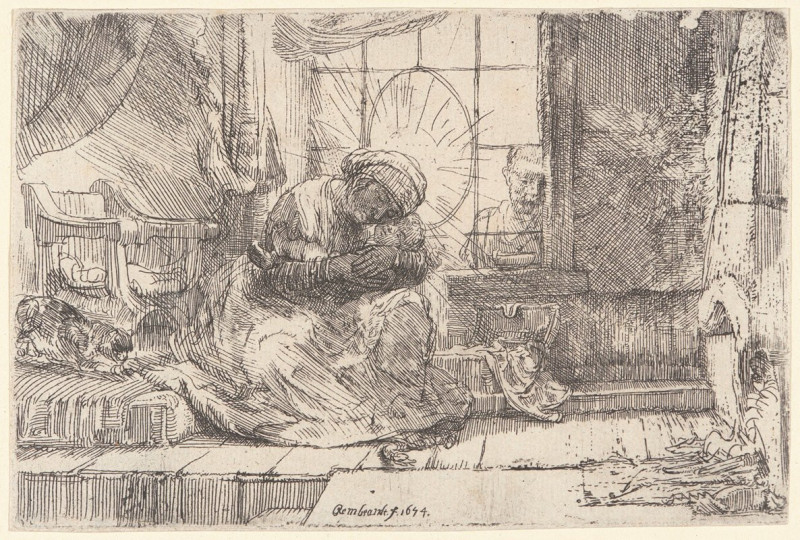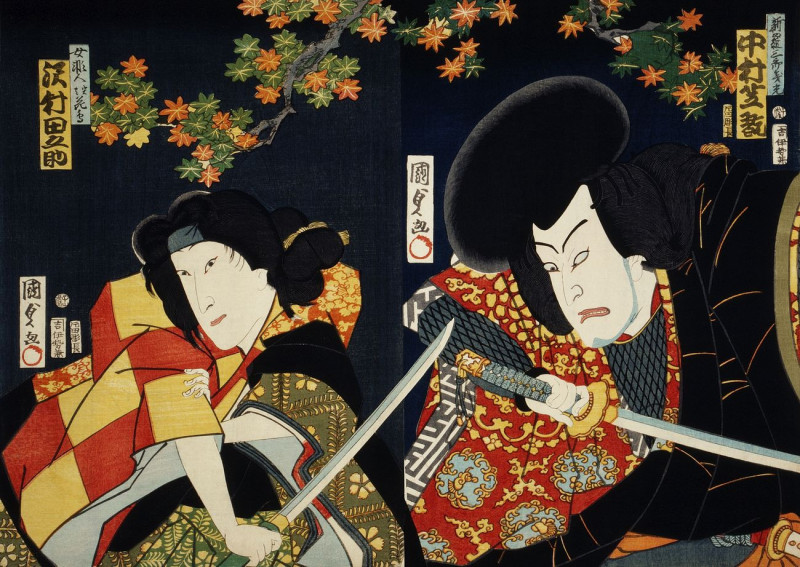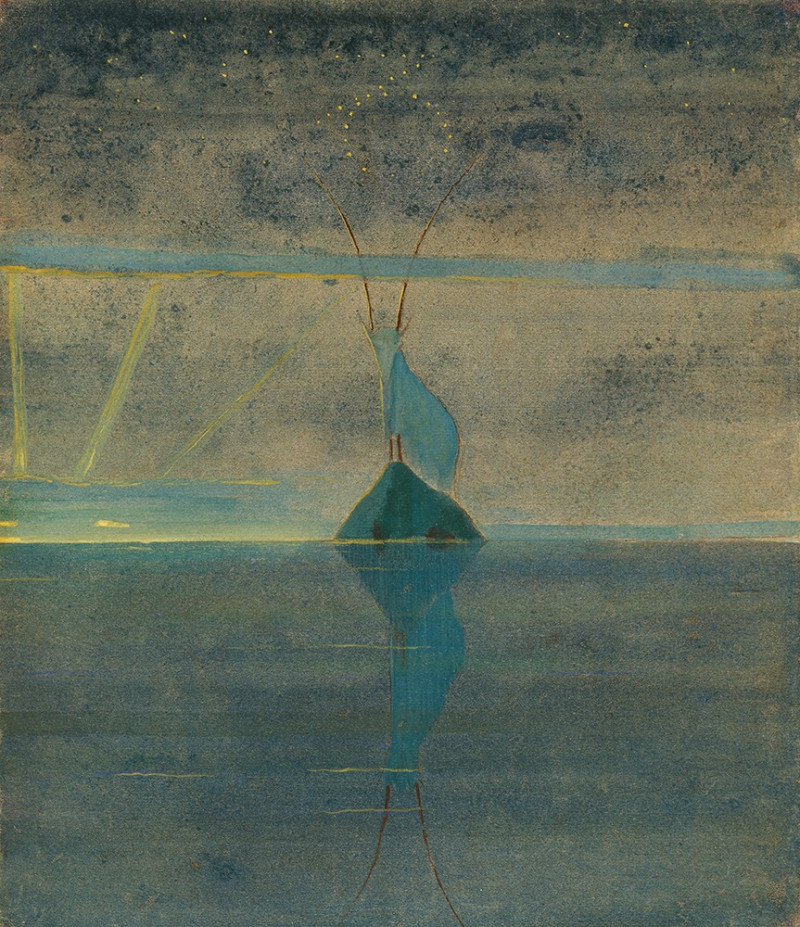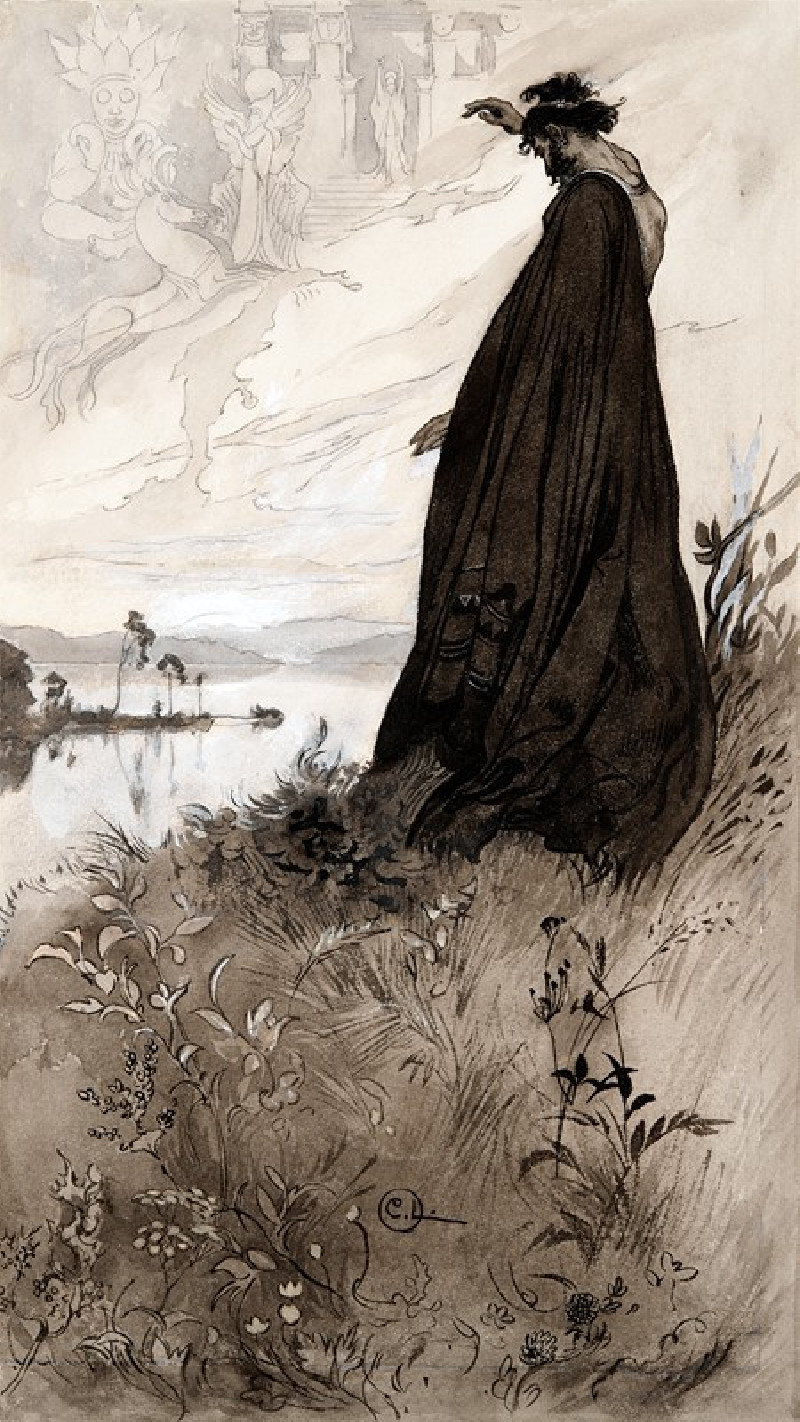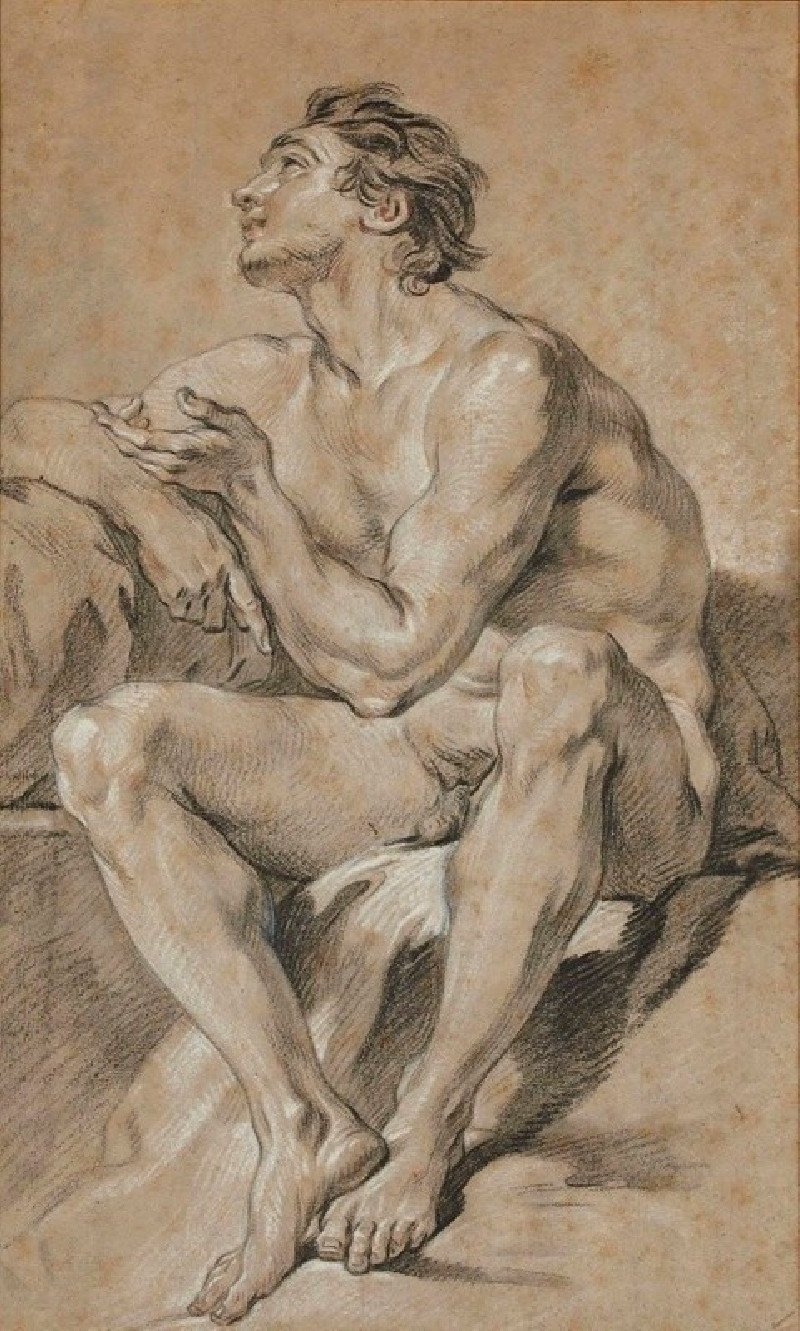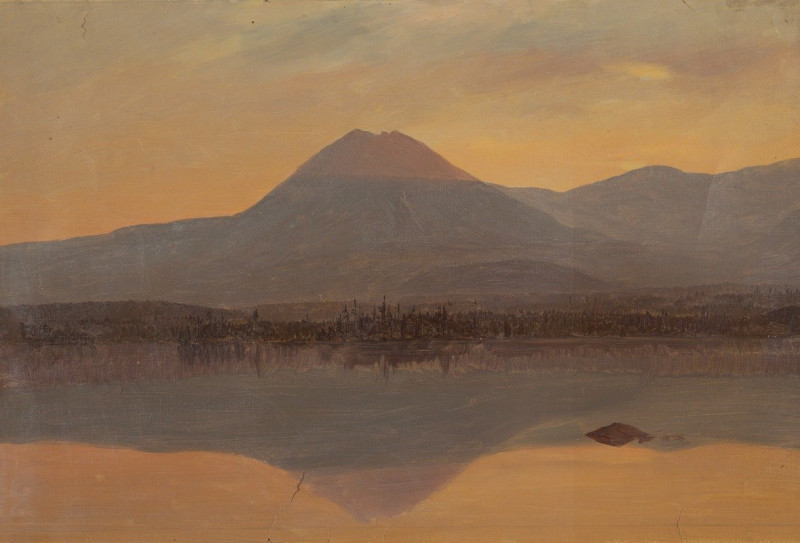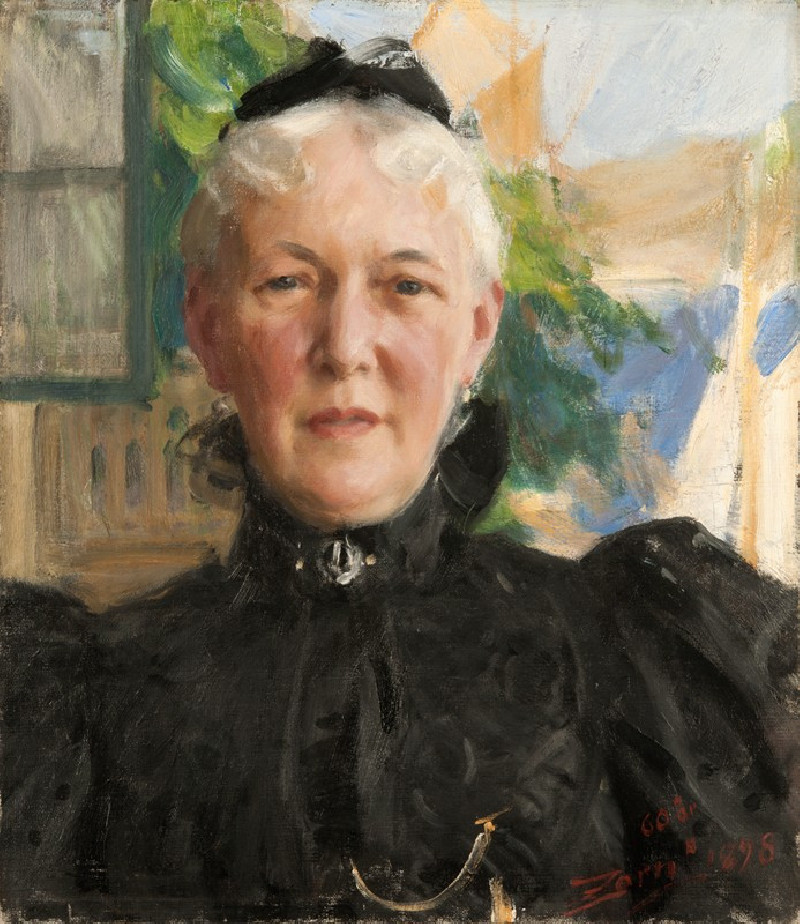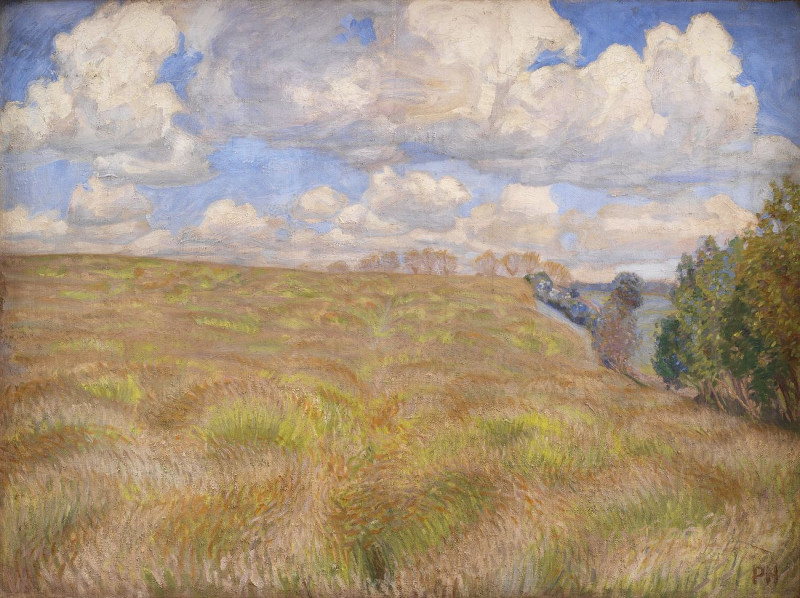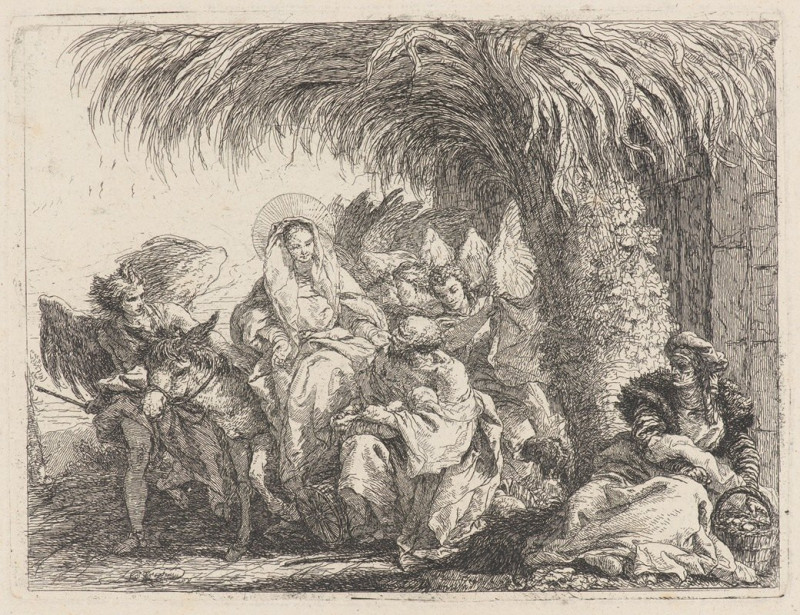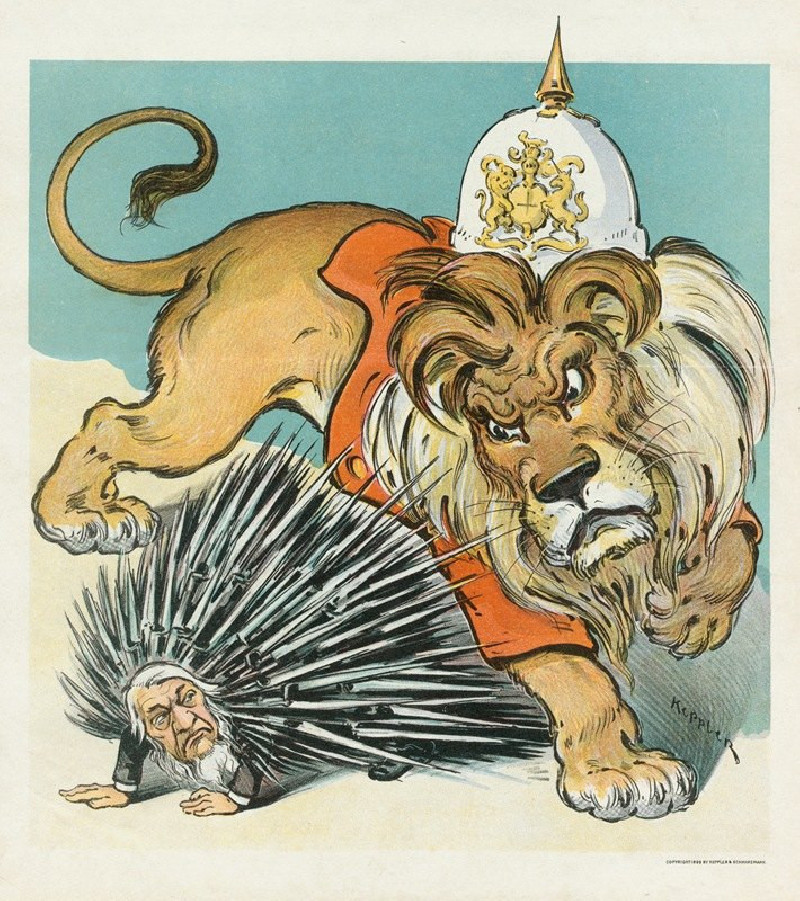weibliches Porträt VII
Technique: Giclée quality print
Recommended by our customers
More about this artwork
In the evocative artwork titled "Weibliches Porträt VII" by Karl Wiener, viewers are invited to delve into the subtle intricacies of a female portrait. Captured in nuanced shades of charcoal, the work highlights the artist's adept skill in portraying the human form with a poignant sense of realism.The portrait features a woman seen in a three-quarter view, her features rendered with such clarity and attention that each curve and contour of her face tells its own story. Her gaze is thoughtful, directed slightly away from the viewer, invoking a sense of introspection or distant thought. With softly wavering hair that gently frames her face, the subject exudes a quiet resilience and grace.Karl Wiener's mastery in the use of light and shadow is evident, as seen in the delicate gradations on her face which make her appear almost tangibly present. The background is understated and monochromatic, ensuring that the focus remains solely on the subject.This drawing is not just an artistic achievement, but also a vivid capture of personal essence, inviting viewers to ponder the story behind the introspective gaze.
































